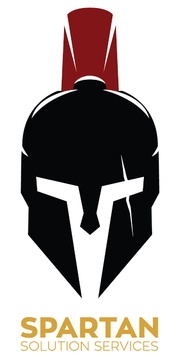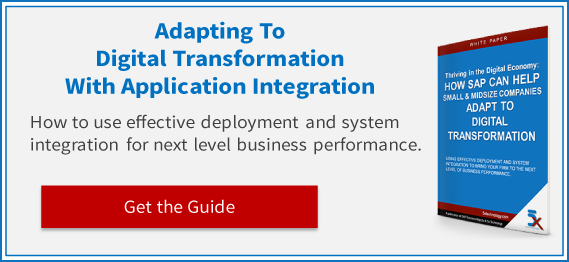All businesses must adopt to new technologies quickly in order to stay competitive and to better serve their clients and users.
However, system updates may require large data segments to migrate to new applications. During this transit, unavailable data segments and delayed delivery stand to undermine business strategies and services.
So what's a business to do?
Tools, plans and methods have developed to better assist businesses with keeping existing legacy applications and databases available during the modernization process.
Let's talk about data integration and aggregation, specifically the plans, methods and tools used in Enterprise Application Integration and Aggregation. EAIA assists in exploiting Internet, e-commerce, extranet and other new technologies, even in the midst of a data migration.
Data Aggregation
Ever since the explosion of Big Data, all organizations need to have understand the importance of aggregation. According to Blueleaf CEO John Prendergast, "Aggregation not only gets clients vastly more complete services, but helps the advisory firm, whether robo or regular, grow faster."
Financial journalist Allesandra Malito adds, "While clients are seeing all of their finances in one spot, so are the platforms that can then figure out how to bring those assets on to manage."
In other words, both businesses and customers can easily view not only demographics, but more information as a whole.
By breaking down data silos and allowing applications to pull information from numerous disparate sources, aggregation reveals complete scenarios of client trends and behaviors. Whether for financial portfolio consultation or marketing research, this information works to provide a clear, fact-driven and complete picture.
Since aggregation mines both legacy and new content, it is necessary to keep all your information in play across a range of different applications at all times, that way your day to day operations aren't negatively impacted.
Adopting a strategy that allows access to all data during migration is essential.
Data Integration
While aggregating makes it possible to collect information across all silos, integration assists in bringing meaning to the information you've collected. Surfacing meaning and valuable details from your data is a critical part of business initiatives - something many businesses fail to keep in mind when choosing a process for integration. CRM, ERP, e-Business, mergers and acquisitions, warehousing and system migrations are all dependent on finely tuned data integration.
Sean O'Dowd of MapR explains integration in the context of financial services:
Integration into trade, portfolio management, and advisor applications becomes a more prominent feature for software providers. . . Applications that are built off the core of big data platforms will provide that bridge, and sharpen the spear that is big data.
With the addition of integration, details that were once housed in disparate locations, and oftentimes lost, can now fully interact in meaningful ways.
Data Methodology
Both aggregation and integration of data rely on technologies that can simultaneously break silos of info all while combining the pieces in a secured environment. Methods used to build secure platforms while still providing continuous access without disrupting workflows, include:
- Access to source system meta-data. Trusted information on the location and meaning of source data on a particular computer system is provided by the source system vendor or third parties.
- Construction of source system meta-data where necessary. This process of data discovery and quality assessment requires a thorough understanding of actual data values held in source systems.
- Physical extraction of data from the data source. Extraction allows for data movement and ETL technologies.
- Development of a tool set that designs, builds and implements the actual data movement between source and target systems, plus the ability to define any in-flight data transformations required to map the source system to the target system.
- Data cleansing and enrichment. Extract, Transform and Load (ETL) processing and external data look-ups are necessary to correct, enhance and enrich the available source data to meet the requirements of the target system or systems.
What's The Solution?
Developing a customized data solution that bridges legacy data with new data without compromising continuity of service and workflow, allows enterprises and agencies to embrace powerful new technologies without losing momentum. Additionally, implementing technology-agnostic, end-to-end strategies results in platforms that are ready to scale as an agency or enterprise grows.
For more information on building data aggregation and integration platforms that are suited for your industry and company, download our free white paper, Application Integration for Small and Midsize Companies.
Related: Why Should I Care About Buisness Intelligence: Data Integration 101




